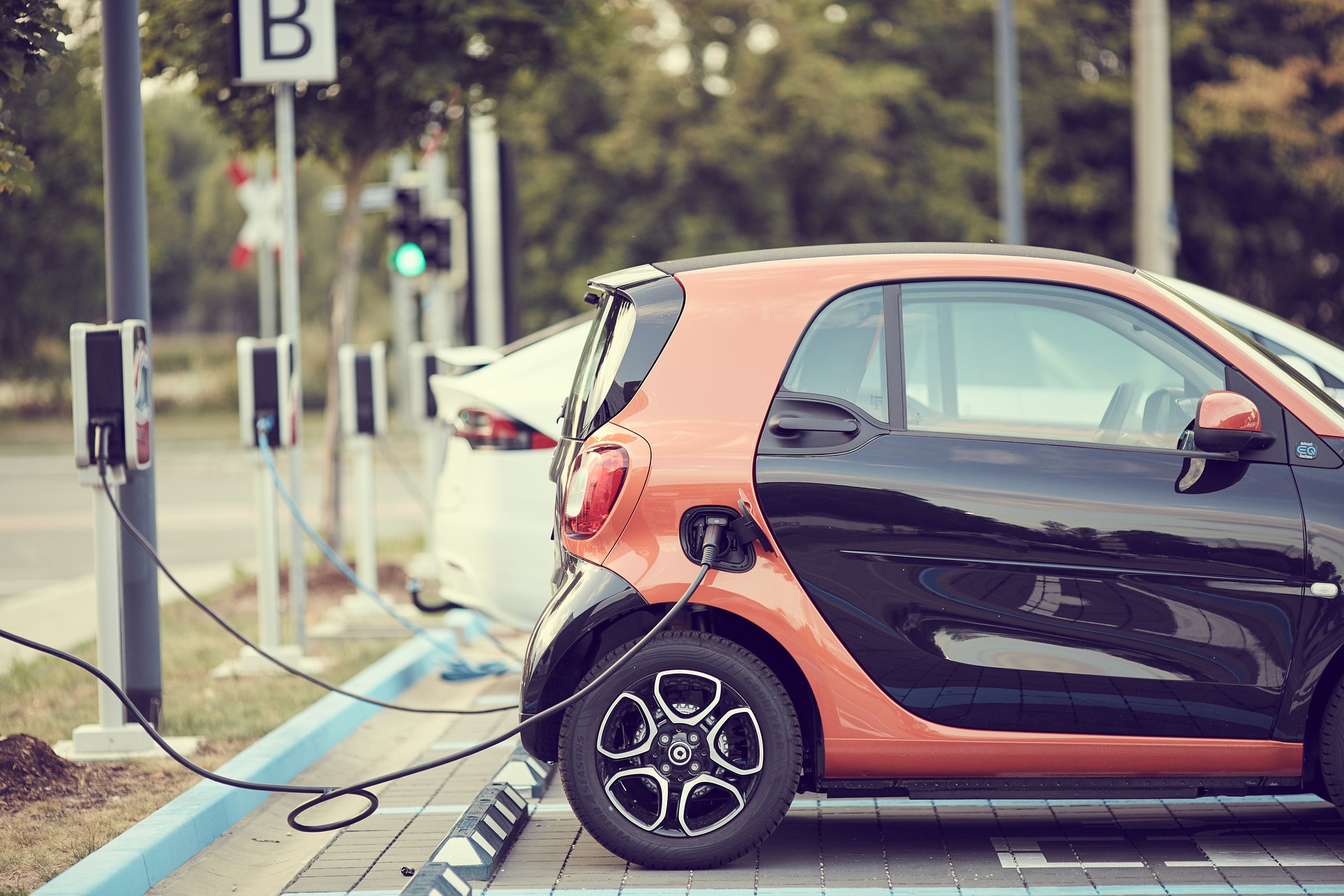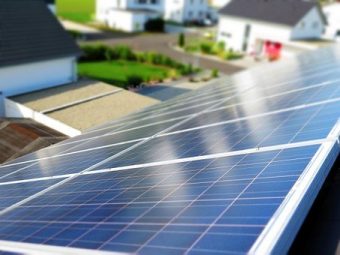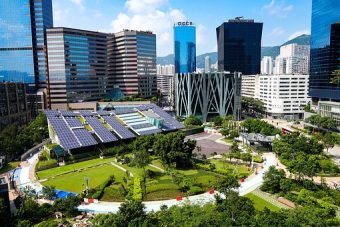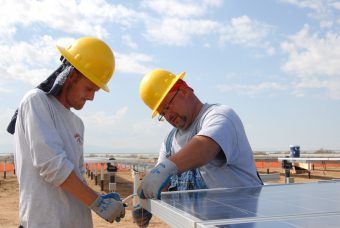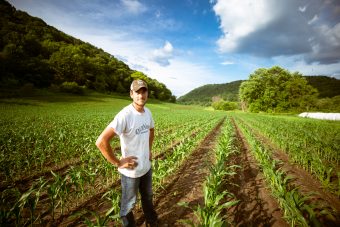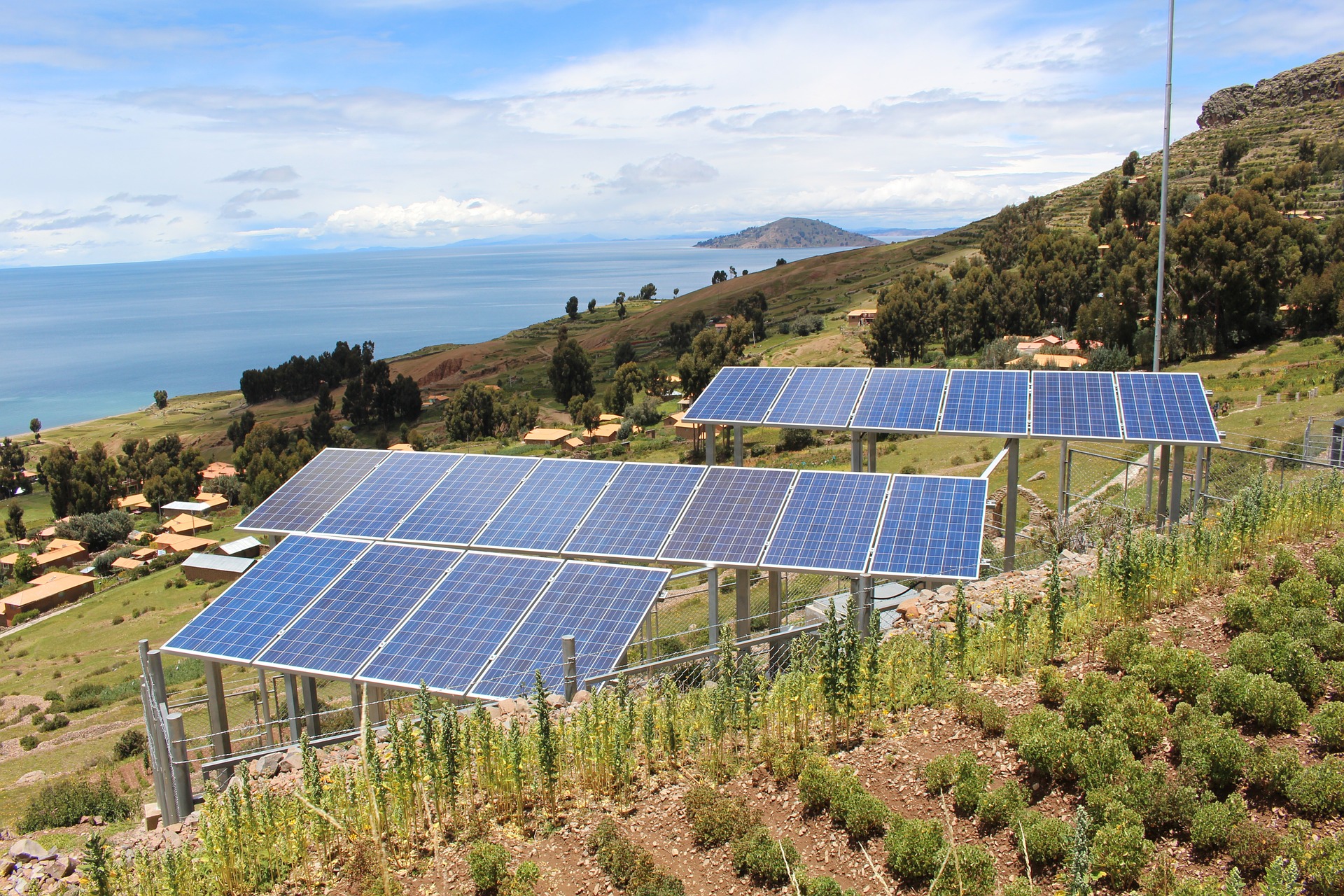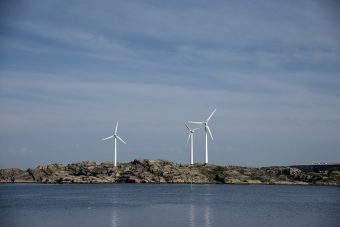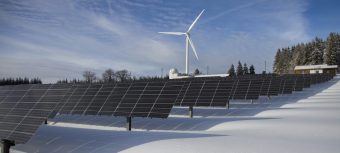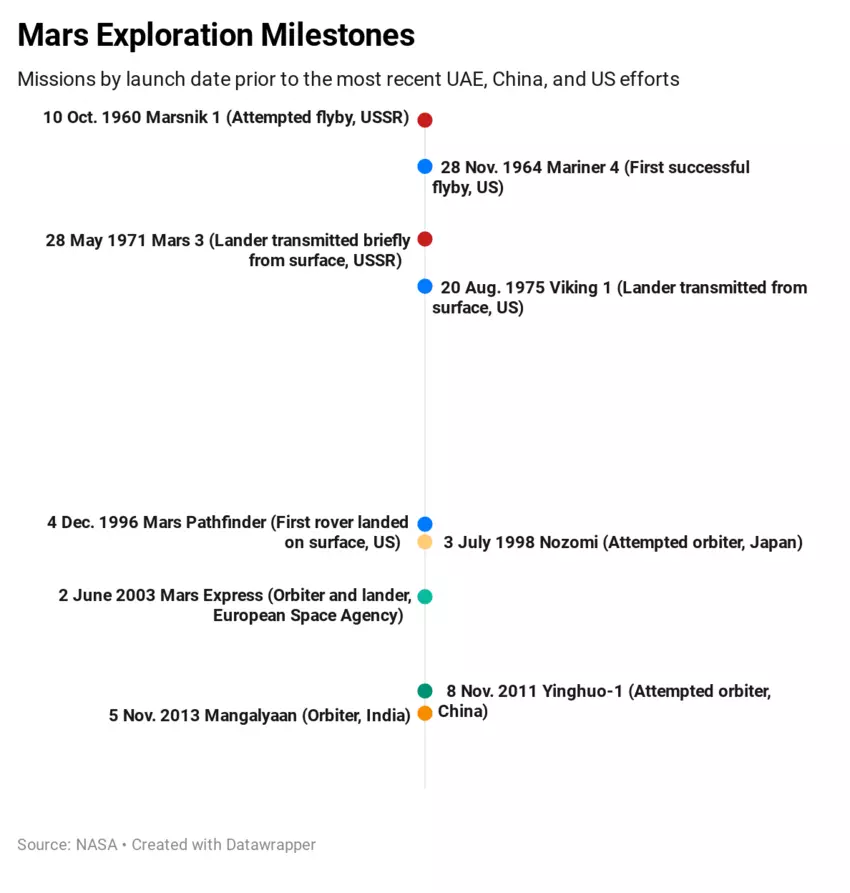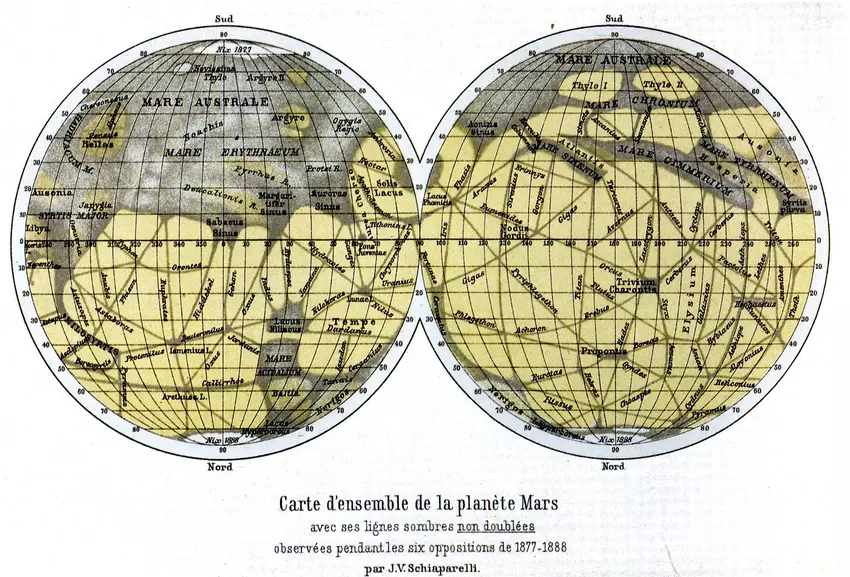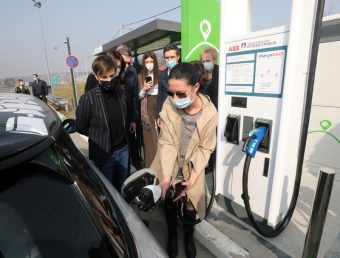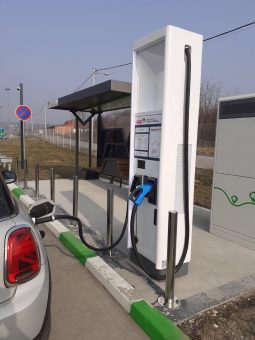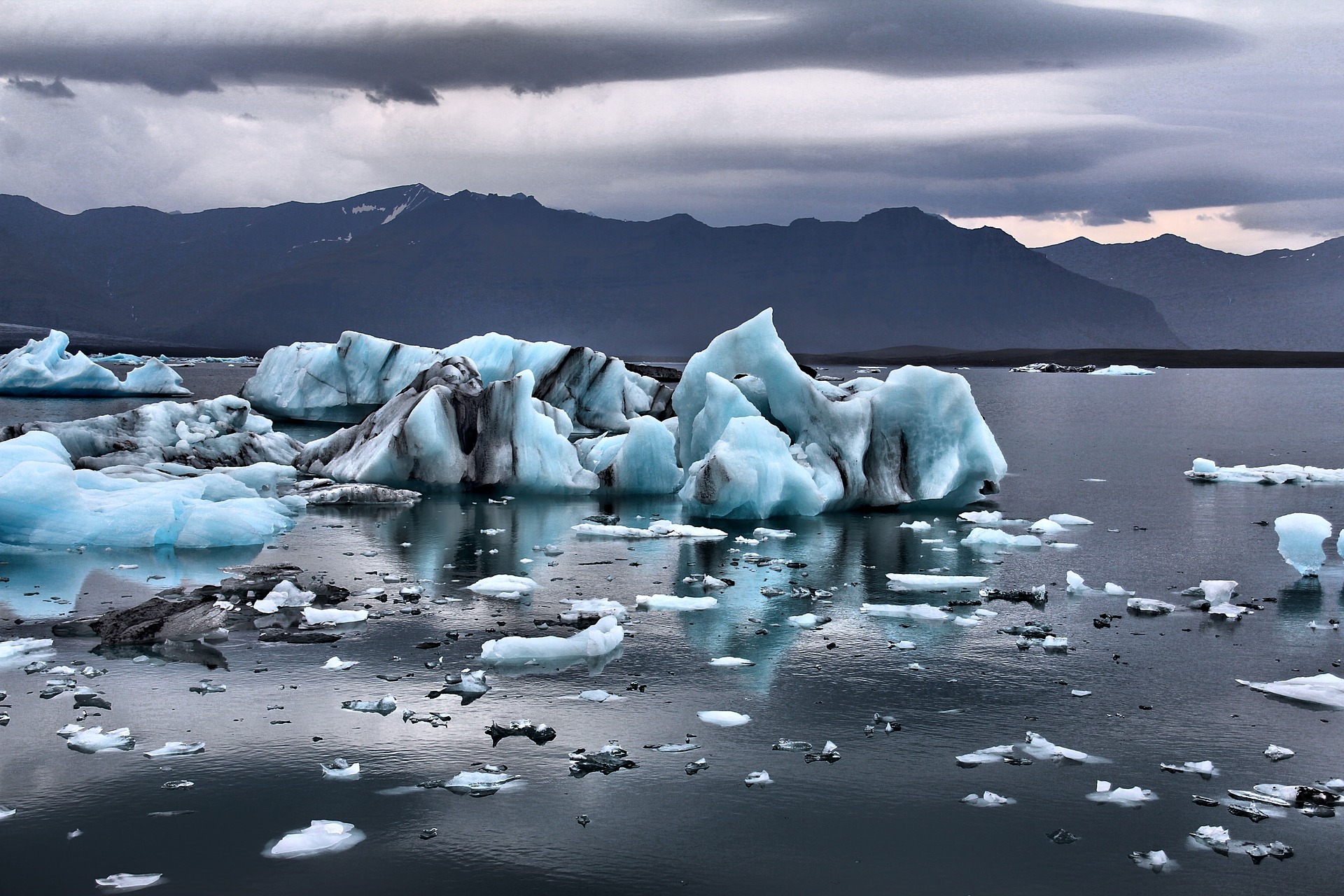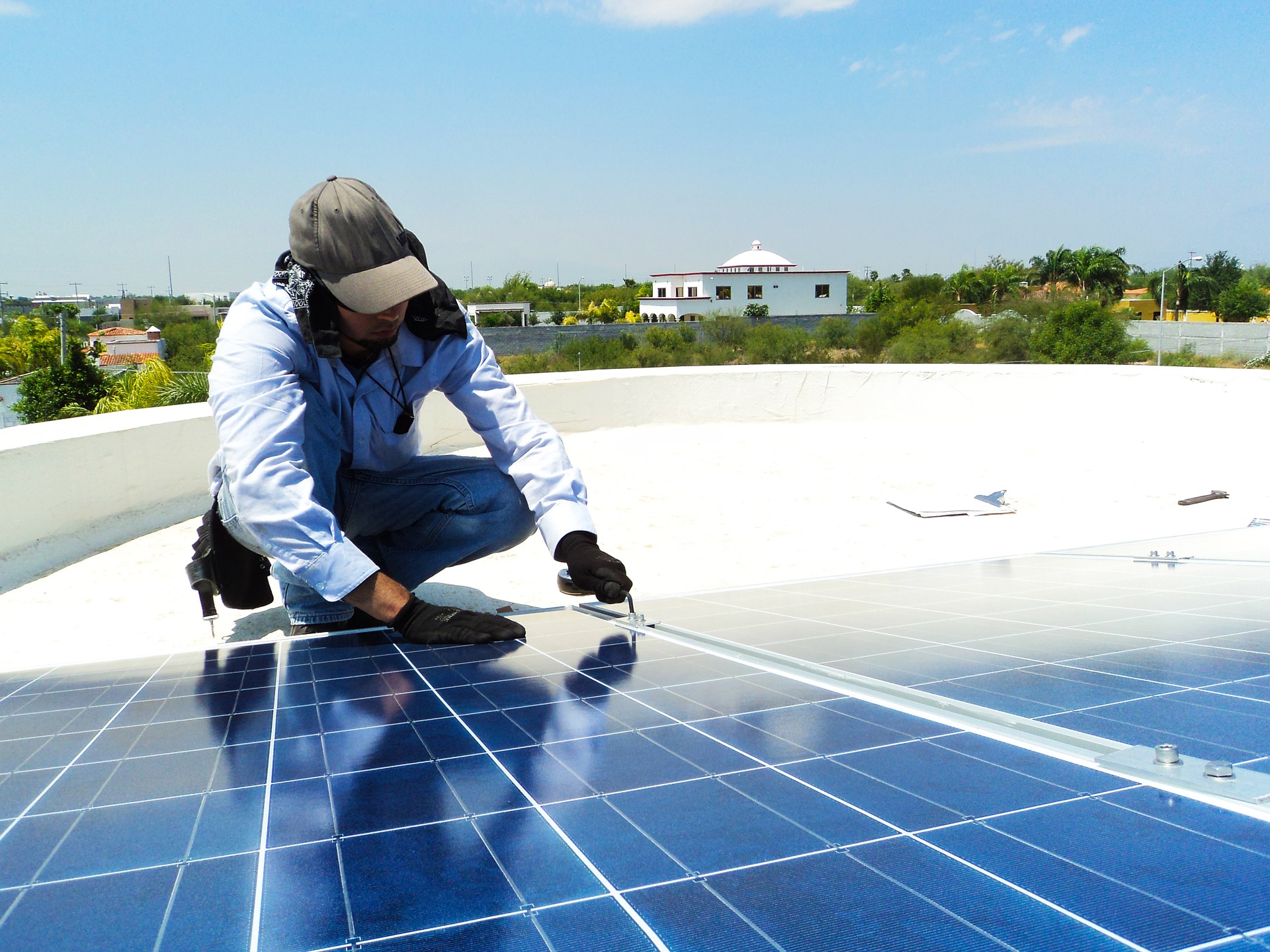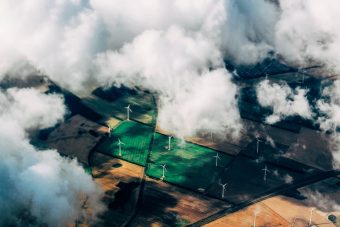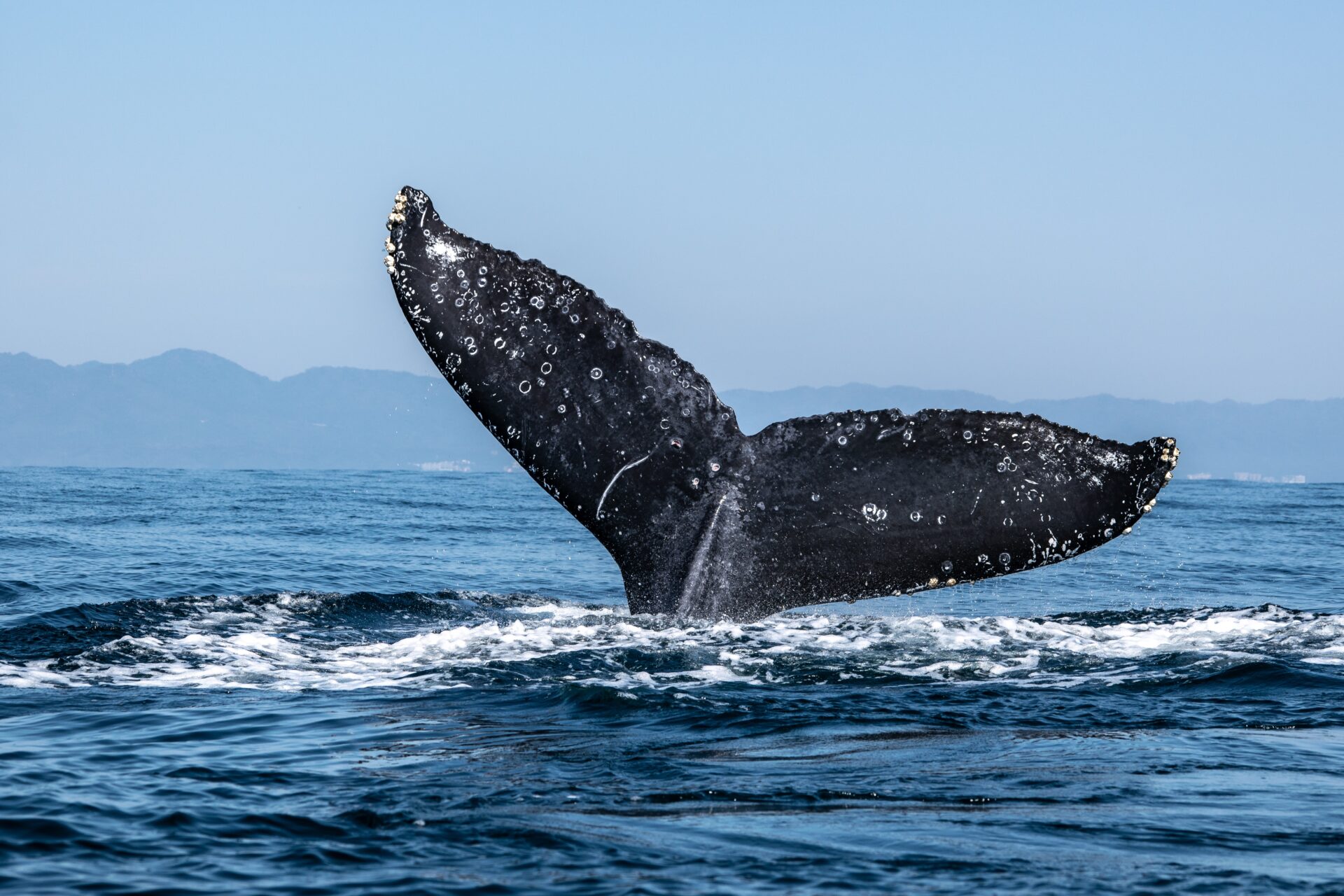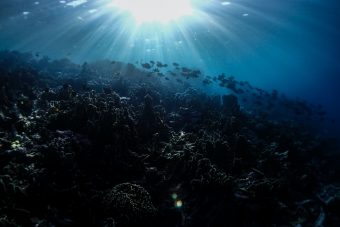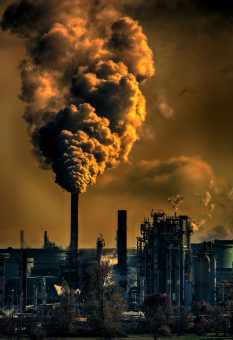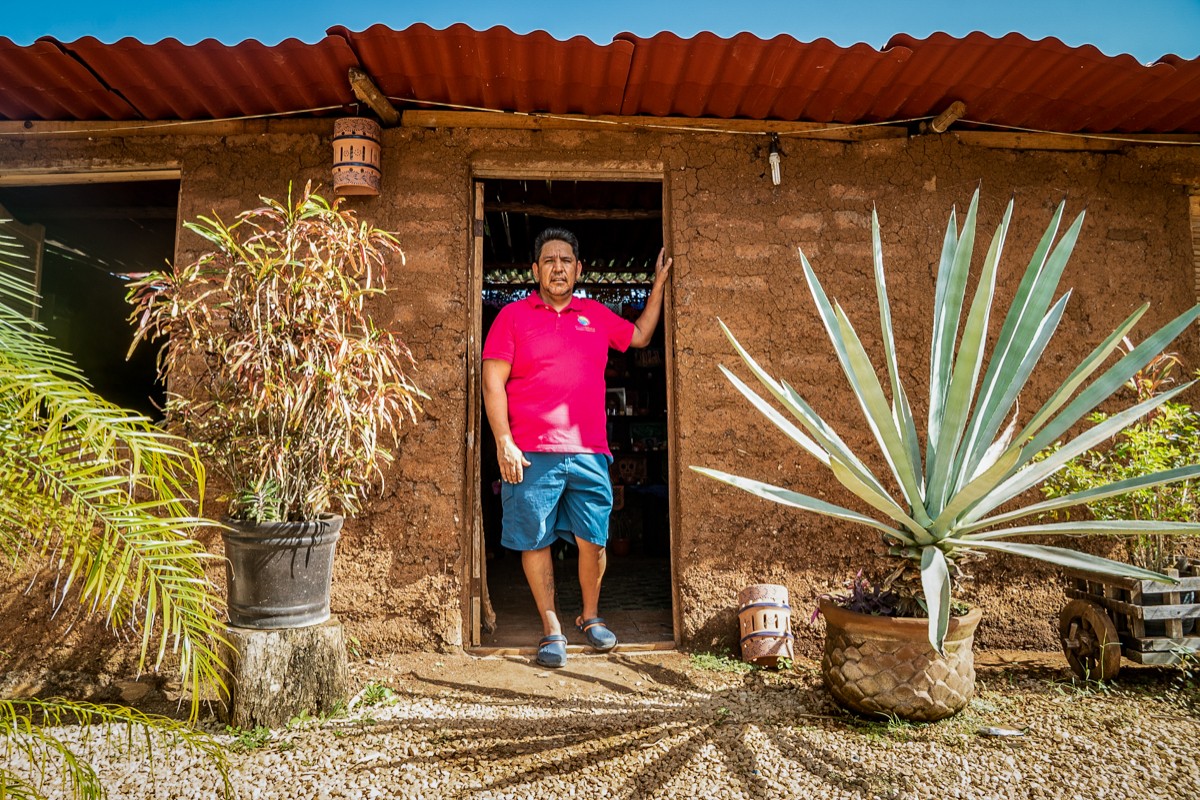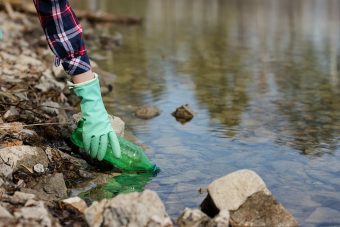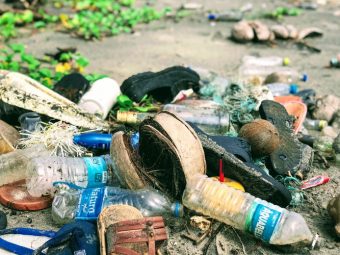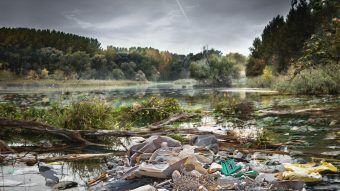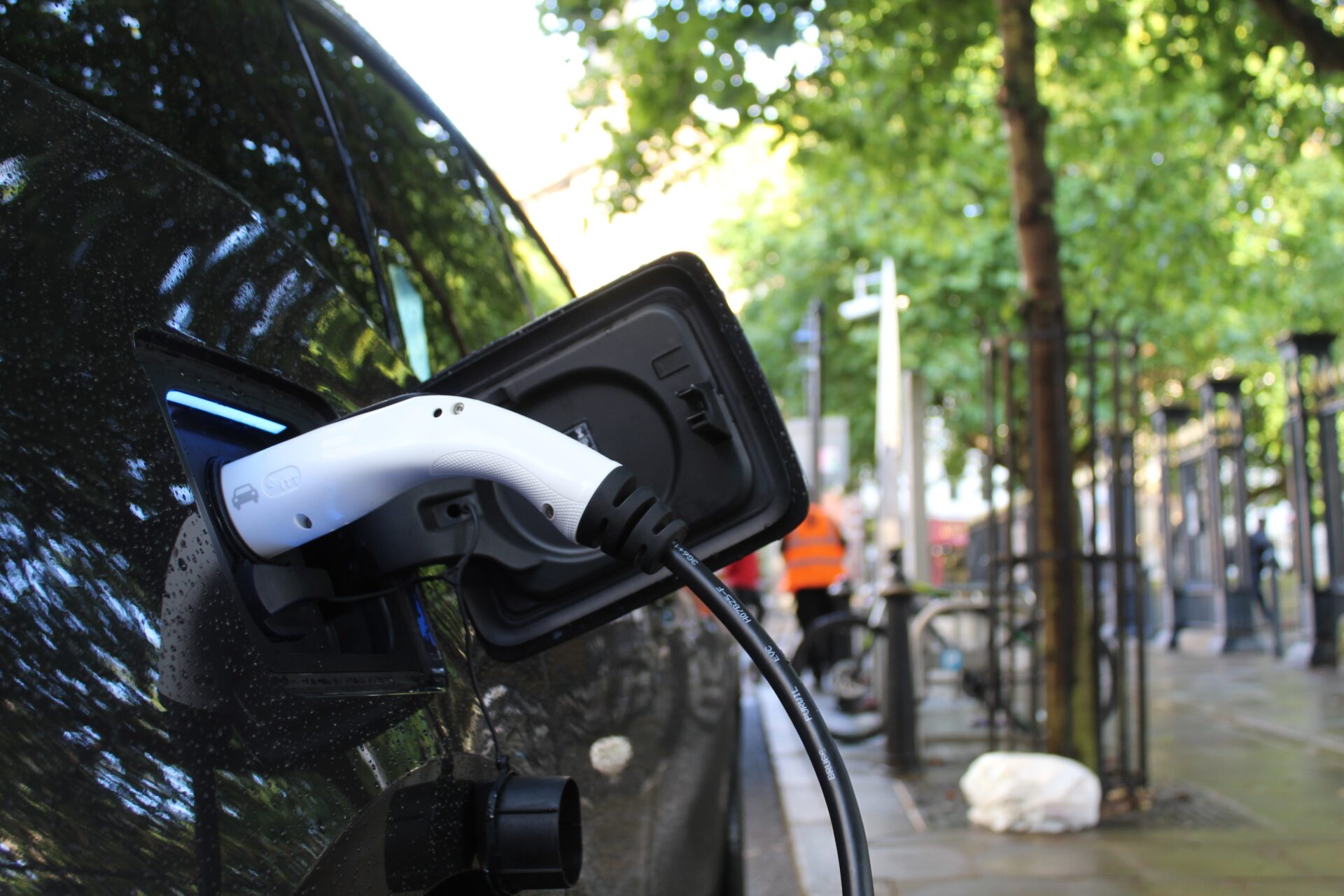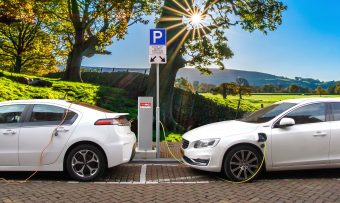
There is a myth that trade policy and climate action are inherently at odds. That does not have to be the case. Trade can, and should, be a driver of sustainable innovation, productivity, efficiency, and growth.
The past year saw governments, companies, and cities alike signal important steps on climate change. Over 1,000 major companies have committed to net-zero emissions by 2050, while 126 countries have formally adopted net-zero goals.
Net-zero describes a state where no new overall emissions are added to the atmosphere and any unavoidable residual emissions are balanced by natural or technological carbon sequestration. The goal is key to keep on track with the Paris Agreement on climate change and keep the global temperature rise to 1.5°C above pre-industrial levels.
Achieving this goal will require deploying new technologies and changing business models. Clean energy needs to be accelerated and there’s much to be gained from energy efficiency. Over two-thirds of global emissions – excluding land-use emissions – are linked to energy needs and energy demands will keep growing.
More:
Abatement will also be needed across manufacturing, construction, industrial processes, buildings, and agriculture, the deployment of different levers like material and process efficiency, renewable power, as well as greater circularity and recycling.
Progress in all these areas will mean drawing on the best technology and expertise from around the globe – while ensuring trade doesn’t become a means to evade responsibility or a reason to avoid action. There is much governments can do in the area of trade policy to support global emissions reduction. Here are four places to start:
1. Eliminate tariffs on climate-friendly goods
Negotiations to cut tariffs on more general environmentally friendly goods have been tried and failed before. Yet never has climate action been such a point of consensus among major trade nations and the private sector. Moving to zero tariffs on the products most commonly used for decarbonization would send the right signals to markets.
2. Remove barriers on environmentally friendly services
These are often a critical part of environmental goods, such as the installation and maintenance of renewable energy goods. Several studies point to the deeply intertwined nature of environmental products and services since consumers often value the output – clean energy – rather than the item itself.
3. Tackle regulatory barriers
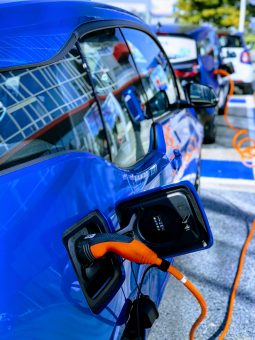
We need to learn more about regulatory friction between markets affecting climate action across supply chains. Licensing challenges, technology conformity assessments, and local content requirements can affect the way businesses implement sustainability plans across supply chains. Technical and regulatory standards are a vital part of any government’s toolbox, but these should not unnecessarily increase the costs of adopting technologies that help businesses decarbonize.
4. Reduce fossil fuel subsidies
Government support for fossil fuel production and consumption totalled $478 billion in 2019. While levels have dropped in recent years, that is mostly due to a decline in global oil prices, rather than a concerted effort to phase these out – as pledged by the G7 and G20 on multiple occasions since 2009. Trade policy forums offer one way for governments to make binding commitments on subsidies since these affect the cost of production and, in turn, fair competition. A specific WTO agreement already outlines acceptable parameters for government subsidies. With COVID-19 impacts requiring significant government support, there has never been a better time to refocus government funding, and an opportunity to build back better.
Next steps
Some of these actions may be moved forward more quickly than others. Such steps should be taken without delay as the time for tackling climate change is running short. Existing commitments still leave us with too many emissions to be on track for a 1.5°C pathway.
The role of carbon border taxes on carbon intense imports is hotly debated. If introduced, these could help to adjust hard-to-abate industries, although there are questions to be resolved around complexity, risks of disguised protectionism and burden-sharing. A new working group in the World Trade Organization (WTO) could provide space for robust exchange on the topic between governments on how to get this angle right.
The good news is many economies are already working together. New Zealand and five other nations have launched talks for an Agreement on Climate Change, Trade and Sustainability (ACCTS). The 21 nations involved in Asia-Pacific Economic Cooperation (APEC) are reviewing a list of 54 environmental products subject to lower tariffs.
Clifford Chance is pleased to work with the World Economic Forum and its network on a new Climate Trade Zero initiative in support of such steps. The project will surface insights on the trade and regulatory barriers slowing countries’ and companies’ shift towards net-zero as well as highlight the key issues trade policymakers may want to consider as a result.
Hopefully, this can build momentum for outcomes later this year in time for COP26 in November, but more importantly in time to save our planet.
Source: World Economic Forum


